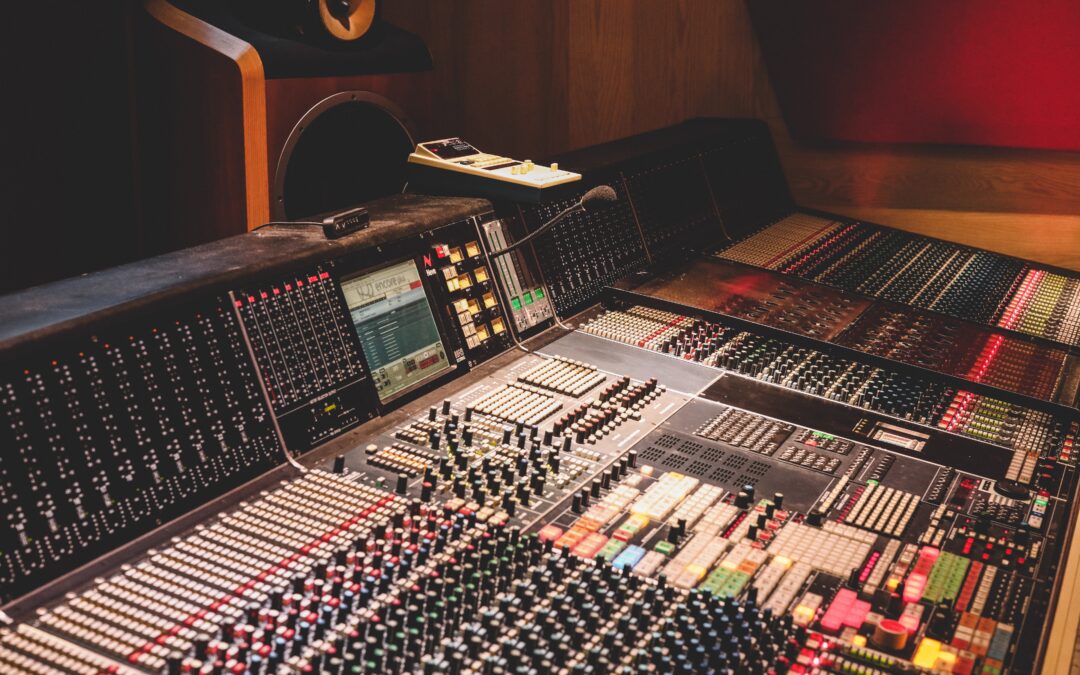Setting up a home recording studio is becoming increasingly popular among musicians and voice-over artists. However, creating a space that offers professional-quality recordings requires careful consideration of location, isolation, and other factors. In this article, we’ll discuss the importance of these elements in creating a Stellar Home Studio.
Location
The location of your home studio is crucial for achieving high-quality recordings. You want to avoid areas that have a lot of external noise, such as busy streets or areas with heavy foot traffic. Similarly, if you live in a shared living space, you may need to take into account the schedules of your roommates or family members to ensure you have adequate recording time without interruptions.
One way to mitigate external noise is to choose a room in your home that is as far away from sources of noise as possible. For example, if your home is close to a busy street, choose a room that is located at the back of your home, away from the street noise. Additionally, you can use sound-absorbing materials like acoustic foam or panels on the walls, floors, and ceilings to reduce the amount of external noise that enters your space.
Isolation
Isolation is another crucial factor in creating a Stellar Home Studio. In order to achieve professional-quality recordings, you need a space that is acoustically isolated from external noise and vibrations. This means that you need to prevent sound from entering or leaving your recording space.
To achieve isolation, you can use materials like mass-loaded vinyl, which is a dense material that blocks sound. Additionally, you can use a double-door system, where you have two doors with an airlock between them. This helps to prevent sound from escaping your studio.
You should also take steps to ensure that your recording equipment doesn’t create unwanted noise. For example, you can use shock mounts for your microphone, which helps to prevent vibrations from being picked up by the microphone.
Acoustic Treatment
Acoustic treatment is another important factor in creating a Stellar Home Studio. This involves using materials that absorb or diffuse sound waves to create a more controlled acoustic environment. This is important because it helps to reduce the amount of unwanted reflections or echoes in your recordings, which can negatively impact the quality of your recordings.
Some examples of acoustic treatment materials include:
- Acoustic foam: This is a type of foam that is designed to absorb sound waves. It is commonly used on walls, floors, and ceilings to create a more controlled acoustic environment.
- Diffusers: These are materials that scatter sound waves in different directions, which helps to reduce the amount of unwanted reflections in your recordings.
- Bass traps: These are materials that absorb low-frequency sound waves. They are commonly used in corners to reduce the amount of bass buildup in your recordings.
In addition to using acoustic treatment materials, you can also use furniture and other objects in your recording space to help absorb or diffuse sound waves. For example, bookcases or curtains can help to reduce unwanted reflections in your recordings.
Conclusion
Creating a Stellar Home Studio requires careful consideration of location, isolation, and acoustic treatment. By choosing a location that is isolated from external noise, using materials that block sound and vibrations, and treating your space with acoustic treatment materials, you can create a space that offers professional-quality recordings. Additionally, it’s important to ensure that your equipment doesn’t create unwanted noise and that you have adequate recording time without interruptions. By following these guidelines, you can create a home studio that allows you to produce high-quality recordings from the comfort of your own home.

